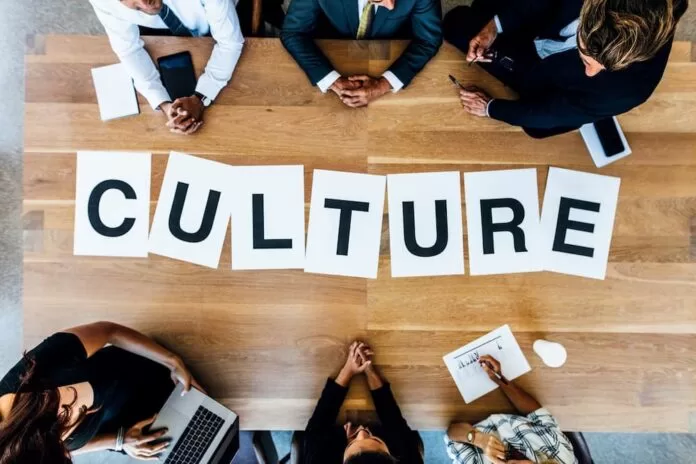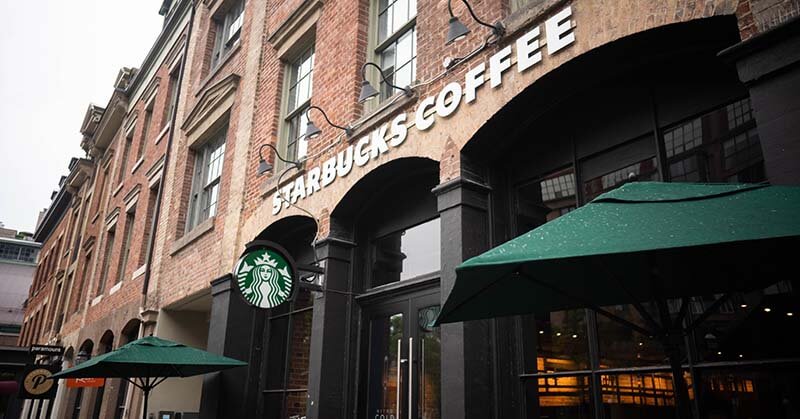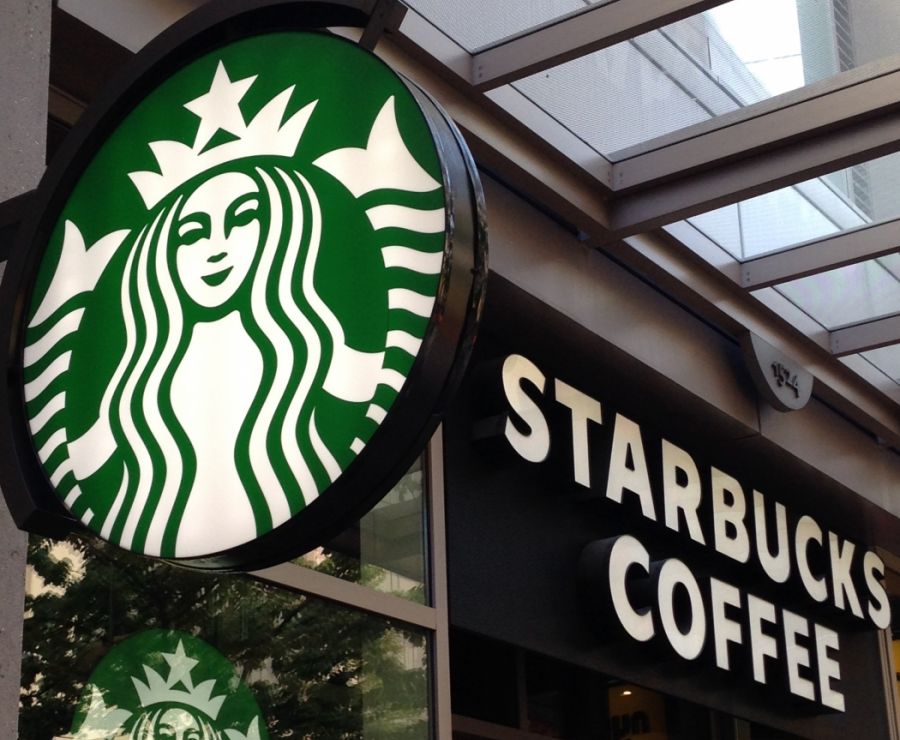Posts by John Dudovskiy

Organizational structure can be defined as a system for outlining management roles and responsibilities to achieve organizational goals. Organizational structure also determines the pattern of information flow within the organization. For instance, in highly hierarchical structures decisions are communicated from top to down, whereas in flat structures the power for decision making is distributed among various levels. Organizational structure aims to provide efficiency and focus to operations. Appropriate structure should illustrate how the roles and responsibilities of each employee fit within the overall system. Organizational structure has the following four main elements: Chain of command. Illustrating who reports to whom via an organizational chart. Defining departments. Clustering tasks, roles and responsibilities into groups and defining connections between various groups. Extend of control. Categorizing each and every task into departments to avoid a situation where two or more people do the same task. Centralization. Identifying the levels where decisions are made. There are four main types of organizational structures – functional, divisional, flat and matrix. Functional Structure Functional structure is based on specialization of employees and it is the most common organizational structure. It is also referred to as bureaucratic structure and divides company into various departments such as procurement, operations, marketing , finance etc. Divisional Structure Divisional structure is also popular and it divides to company into various divisions on the basis of products, projects or subsidiaries. Flat Structure Flat structure, also referred to as horizontal structure aims to minimize the chain of command providing employees with autonomy in decision making. This pattern is popular among startups. Matrix Organizational Structure Matrix structure is the most complex and accordingly, the least popular. Matrix structure assigns employees across various divisions and supervisors. Employees in such a structure may belong to more than one divisions and report to several superiors. In this portal…

Organizational culture is a popular and a very complex concept, and has been identified as an influential factor affecting the success and failures of organizational change efforts. Components of organizational culture An organizational culture may include the following[1] (Hofstede 1997): Values. Values are beliefs. They are things that are most important. For example, for schoolteacher educating pupil is most important thing, no matter how he/she does it. Attitudes. It is the way the company thinks. It could also include collective behaviour such as business formalities or ceremonies. Norms and Expectations. That is things that expected from members of company. As a example, police officer on duty expected to wear his/her uniform. Rituals, symbols and routines. Business logos can be example of symbols, though they are directed outwards. Most successful organizations tend to have stronger cultures that is widely shared among its employees and reflected in their everyday actions. Different countries have different ways of doing business, different culture, different values and assumptions which influence the organization style. Therefore, Hofstede (1997) believes that national culture needs to be considered as one of the major factors which influence organization culture in various ways. Types of Organizational Culture Organization culture can be classified into four types (Harrison, 1972): Power culture. This is the type of organization controlled by a key central figure, owner or founder. Power culture suits small organizations where the leader has direct communication with employees. Role Culture. This is the organization where authority based up on function and position. These organizations have formal structure and operate by well established rules. Though this is bureaucratic style, it can be very efficient when the organization is large and work is predictable. Task Culture. The main concern in task culture is to get the job done. In these type of organizations there…

Defined as a “dialogue between business unit and its present and potential customers that takes place during pre-selling, selling and post-selling stages”[1], marketing communication mix, or promotion mix is considered to be a fundamental aspect of business marketing initiatives. Kotler and Keller (2009)[2] divided marketing communication mix into the following six categories: advertising, sales promotion, events and experiences, public relations and publicity, direct selling and personal selling. 1. Advertising is “a paid non-personal communication about an organisation and its products transmitted to a target audience”[3]. The following are important platforms of print and media advertising: TV Radio Magazines Newspapers Billboards & posters Viral marketing Celebrity endorsement Product placement 2. Sales Promotions is a marketing strategy which involves using temporary campaign or offer to increase interest and demand on products and services. The following are popular sales promotion techniques: Seasonal sales promotions. Businesses may reduce the prices of certain items during holidays and festive seasons such as Christmas holidays. Money off coupons. Customers receive coupons by mail, in store or they cut coupons our of magazines or product packaging to purchase the product next time for lower price. Purchase of a product allows the customer to participate in a game to win a price. Discount vouchers. A voucher that can be used to purchase a product at a reduced price. Free gifts. Customers get an item for free if they purchase a product. Point of sale materials. Use of posters, display stands and other promotional tools to present the product to customers within the shop. Loyalty cards. Possibility for customers to earn points for buying specific products or buying from specific sellers. Accumulated points can be exchanged for goods or other offers. For example, Tesco Clubcard, Sainsbury’s Nectar etc. 3. Events and experiences, as a marketing mix component relate to a…

A company is not just a member of a single industry but it is a part of an ecosystem that crosses a wide range of industries. Despite the coffee chain being in the business for more than five decades, Starbucks ecosystem is still in the early stages of its development. When a company has an advanced ecosystem its products and services are highly compatible with each other and customers will miss out on a wide range of benefits and functionalities if they want to break out of the ecosystem. Think Apple or Microsoft. Starbucks has not been able to develop an effective business ecosystem until now partially due to the nature of products and services the company offers. In other words, the global coffeehouse chain offers limited range of products and services it has not been successful in creating compatibility and dependence between products and services. Recognising the importance of having an ecosystem, Starbucks came up with the idea for digital ecosystem in 2020 as part of measures to deal with COVID-19 crisis. Specifically, Seattle-based international coffee chain is attempting to create digital third place, shifting its third place – a place away from home and work value offering to a digital environment.[1] Development of an effective ecosystem comprises the following four stages – pioneering, expansion, authority, renewal or death. [2] These stages relate to Starbucks ecosystem in the following manner: 1. Pioneering stage. The initial stage is associated with the formation of ecosystem. Starbucks ecosystem at this early stage involves initiating global digital community – a community defined by collaboration, experiences, and shared ownership – all centred around Starbucks coffee. 2. Expansion stage. At this stage ecosystem extends to achieve maximum market coverage and critical mass. The world’s largest coffeehouse chain can extend its relevance to integrate art,…

Starbucks CSR programs and initiatives are led by Michael Kobori, chief sustainability officer for the world’s largest coffeehouse chain. CSR initiatives for Starbucks cover wide range of business aspects and employee relationships such as supporting local communities, educating and empowering workers, gender equality and minorities, energy and water consumption, waste reduction etc. CSR Programs and Initiatives Starbucks Supporting Local Communities Starbucks Community Store program aims to assist local non-profit organizations in their efforts to provide education and training to achieve poverty eradication for the young segment of population. The company plans to open 100 Community Stores by the end of 2025. Starbucks has cooperated with non-profit organizations, community leaders and organizational stakeholders to provide more than 520,000 hours of volunteering service around the globe.[1] The global coffeehouse chain runs FoodShare food donation program in all company operated stores in US and Canada. 10.4 million and 1.2 million meals were donated in US and Canada respectively in FY21. Starbucks Educating and Empowering Workers Starbucks College Achievement Plan is an education program that allows employees to obtain online degrees from Arizona State University. Approximately 2500 employees earned their degrees via this program in FY21 alone It has been noted that “at the height of the global financial crisis, when other companies were cutting HR costs wherever they could, Starbucks invested in staff training, including coffee tastings and courses that ultimately qualified for credit at higher education institutions”[2] In FY21 the company oversaw more than 136000 course enrolments in Starbucks Coffee Academy and more than 55,000 course completions since launch. Starbucks and Gender Equality and Minorities At present about 40% of Starbucks US employees are minorities and 65% are women. Among vice presidents, 48% are women and 15% are minorities. The global coffeehouse chain aims to achieve at least 30% BIPOC…

Starbucks McKinsey 7S model is used to highlight the ways in which seven elements of businesses can be aligned to increase effectiveness. According to this model, strategy, structure and systems represent hard elements. At the same time, shared values, skills, style and staff are soft elements. McKinsey 7S model stresses the presence of strong links between elements. Specifically, a change in one element causes changes in other elements. As it is illustrated in figure below, shared values are positioned at the core of Starbucks McKinsey 7S model, since shared values guide employee behaviour with implications in their performance. McKinsey 7S model Hard Elements in McKinsey 7S Model Strategy Starbucks business strategy is based on product differentiation with the focus on the quality of products and services. Moreover, the coffee chain giant effectively positions Starbucks stores as a ‘third place’ away from home and work, where customers can meet friends, relatives or spent time alone. Currently Seattle-based international coffee chain is positioning itself as a digital third place as well. Technological innovations and intensive integration of technology into various business processes in general and ordering process in particular represent another important aspect of Starbucks business strategy. The launch of Mobile Order & Pay feature, which allows customers to buy without getting in line, the launch of voice ordering app and “sending text message notifications to customers in the Seattle area when their mobile orders are ready”[1] can be mentioned to illustrate this point. Structure Starbucks Corporation has a hybrid organizational structure which combines geographic, brand-based and functional hierarchy structures. Operations are divided into North America (USA and Canada) and International (China, Japan, Asia Pacific, Europe, Middle East, Africa, Latin America and Caribbean) divisions. Brand-based divisions, on the other hand, consist of Starbucks, Teavana®, La Boulange®,, Evolution Fresh™, Seattle’s…

Starbucks value chain analysis is an analytical framework that assists in identifying business activities that can create value and competitive advantage for the global coffeehouse chain. Figure below illustrates the essence of value chain analysis. Starbucks Value chain analysis Starbucks Primary Activities Starbucks Inbound logistics Starbucks inbound logistics and supply chain was subjected to a dramatic restructuring in 2010 after Howard Schultz had returned to the role of CEO for the second time. The restructuring initiative of Starbucks inbound logistics involved simplification of supply-chain management and the creation of a single, global logistics system. Unroasted Arabica coffee beans are brought from Asia, Africa and Latin America to the US and Europe in containers via sea. Also, the coffee chain purchases green coffee beans from multiple coffee-producing regions around the world. These are delivered to one of the following regional roasting plants and distribution centres: Kent Flexible Roasting Plant – Kent, Washington. Augusta Roasting Plant – Augusta, Georgia. Sandy Run Roasting Plant – Gaston, South Carolina. York Roasting Plant and Distribution Center – York, Pennsylvania. Evolution Fresh Juicery – Rancho Cucamonga, California. Coffees are roasted and packaged and taken to dozens of central distribution centres around the globe. Along with coffees from regional distribution centres, central distribution centres also receive deliveries from vendors for a wide range of products starting from coffee machines to napkins. Central distribution centres make more than 70,000 deliveries per week to Starbucks 25,085 stores located in 75 countries.[1] The world’s largest coffeehouse chain also grows its own coffee. Since 2013 Starbucks has its first own 240-hectar coffee farm in PoasVolacno, Costa Rica.[2] Such a shift in the sourcing of products can increase the effectiveness of new product development initiatives for the business as the company will have a chance of experimenting with developing new sorts of…

Porter’s Five Forces analytical framework developed by Michael Porter (1979)[1] represents five individual forces that shape the overall extent of competition in the industry. Starbucks Porter’s Five Forces are represented in figure below: Porters Five Forces Threat of new entrants in Starbucks Porter’s Five Forces Analysis Threat of new entrants in international coffee chain industry is low. The following factors reduce the threat of new entrants for Starbuck’s industry within Porter’s Five Forces. 1. Market saturation. Coffee chain market is highly saturated and more so in developed countries. Market saturation implies an increase of a market share for a specific coffee house at the expense of a competitor. New entrants into the coffee house chain business find such a reality discouraging to enter the business and achieve long-term growth. 2. Access to distribution channels. New market entrants are going to face significant issues to access distribution channels because potentially attractive locations for coffee stores are already occupied by coffee chains, restaurants and retail outlets. It took Starbucks 36 years to reach its current status that comprises total more than 33800 company operated and licensed stores.[2] Similarly, other major players such as Costa, Caribou Coffee,McDonald’s, Dunkin Donuts, Pret-a-Manger have secured thousands of advantageous locations during the decades of operations. 3. Economies of scale. Establishing coffee house chains requires massive capital investments. It can prove to be highly challenging to secure investment to establish new business in this industry unless the business plan is based on previously untapped value proposition. Bargaining power of buyers in Starbucks Porter’s Five Forces Analysis Bargaining power of Starbucks buyers is significant. The following considerations need to be taken into account in this regard: 1. Abundance of choice. Customers can choose from a wide range of established coffee chains as well as local specialty coffee…

Starbucks marketing communication mix consists of communication channels to communicate the marketing message to the target customer segment. The most popular channels discussed below are print and media advertising, sales promotions, events and experiences, public relations and direct marketing. Starbucks Print and Media Advertising Starbucks advertising expenses totalled USD305.1 million, USD258.8 million and USD245.7 million in fiscal 2021, 2020 and 2019, respectively.[1] Print and media advertising represents the core of Starbucks marketing strategy and advertisements attempt to associate Starbucks brand with the superior quality and pleasing experience. Accordingly, messages communicated by Starbucks to the target customer segment via print and media advertising include the following: “Beware of Cheater Coffee. It Comes with a Price” “If Your Coffee Isn’t Perfect, We’ll Make It Over. If It’s Still Not Perfect Make Sure You Are in a Starbucks” “Starbucks or Nothing. Because Compromise Leaves Really Bad Aftertaste” Starbuck began to use social media and viral marketing much earlier than the majority of its competitors with the positive implications on the volume of its sales. Starbucks large social media campaign was launched back in 2009, when US-based customers were offered a free pastry via social media if they purchased a drink before 10:30 am. The marketing initiative announced via social media attracted about one million customers.[2] Noteworthy social media marketing campaigns launched by Starbucks include tweet @tweetacoffee, Blonde Roast, Pumpkin Latte, #TreatReceipt and others. Moreover, social media is adapted by Starbucks as an effective communication channel with customers to develop new products taking into account customer preferences and opinions. The global coffeehouse chain also uses celebrity endorsement as part of its print and media advertising extensively. The list of celebrities who promoted Starbucks include, but not limited to Taylor Swift, Ariana Grande, Rocky Lynch, Jamie Grace, Idina Menzel and Michael Bubble. Starbucks Sales…

Starbucks 7Ps of marketing comprises elements of the marketing mix that consists of product, place, price, promotion, process, people and physical evidence as discussed below in more details. Product Element in Starbucks Marketing Mix (Starbucks 7Ps of Marketing) Starbucks sells coffee, tea and other beverages and a variety of fresh food items, including snack. In addition to its flagship Starbucks Coffee brand, the company sells products and services under the following brands: Teavana, Seattle’s Best Coffee, Evolution Fresh, Ethos, Starbucks Reserve and Princi. The global coffeehouse chain also sells merchandise products such as coffee- and tea-brewing equipment, Verismo® System by Starbucks, mugs and accessories, packaged goods, books and gifts. Starbucks products are known for high quality. Coffee is the main product sold by company and it sells more than 30 blends and single-origin premium coffees. Place Element in Starbucks Marketing Mix (Starbucks 7Ps of Marketing) Starbucks operates in 84 markets globally and its products can be purchased from the following places: 1. Company-operated stores. There were 17133 company-operated stores, which accounts for about 51% of total numbers of stores by the end of fiscal 2021.[1] Almost all company-operated stores are leased. Starbucks company-operated stores are usually located at high-traffic, high-visibility locations 2. Licensed stores. There were 16700 licensed Starbucks stores by the end of fiscal year 2021, representing about 49% of total numbers of stores.[2] The world’s largest coffeehouse chain offers customers the possibility to order online or through mobile app. Customers can explore the menu, customize their order according to their tastes and preferences and find nearest store location to collect their order. 3. Grocery and foodservice accounts. The world’s largest coffee retailer also sells its products via global leading supermarket chains such as Walmart, Tesco, Sainsbury’s and others. Only the most popular products such as Starbucks Espresso…
